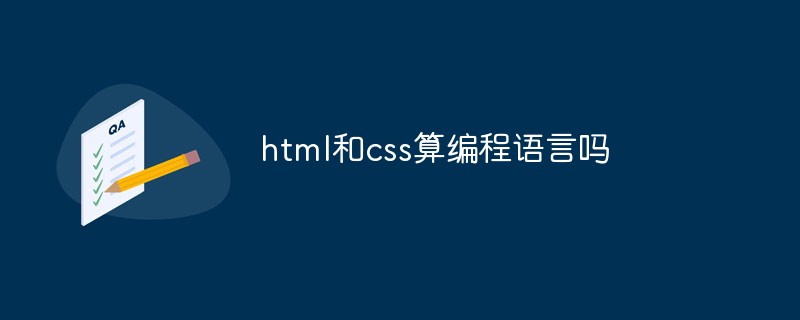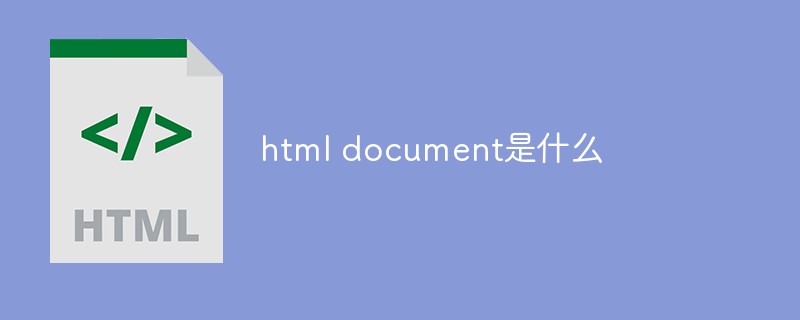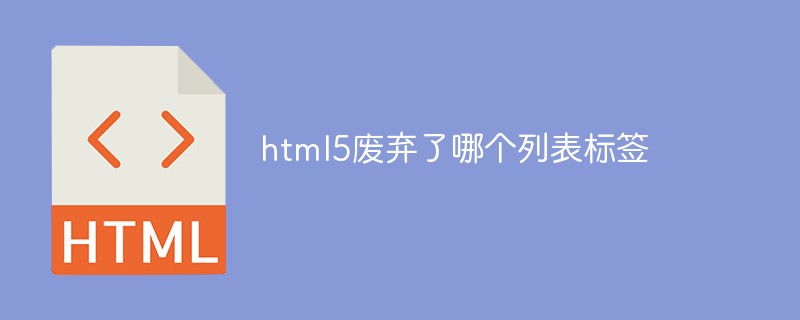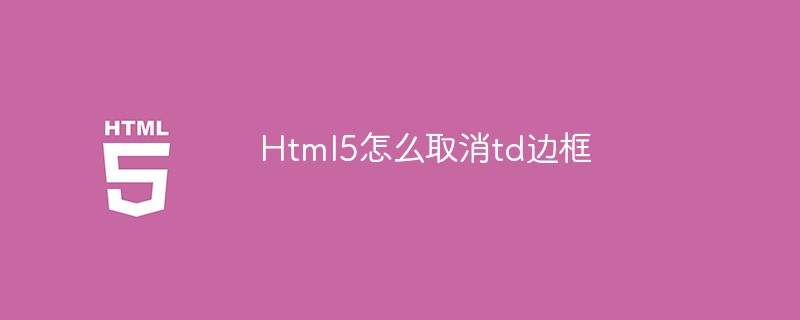This article mainly introduces the relevant information about using DOM to control HTML elements in JS. Friends in need can refer to it
1.getElementsByName(): Get name.
~~ ~~~~~~~~~~~~~~~~~~~~~~~~~~~~~~~~`
Example:
<p name="pn">hello</p>
<p name="pn">hello</p>
<p name="pn">hello</p>
<script>
function getName(){
var count=document.getElementsByName("pn");
alert(count.length);
var p=count[2];
p.innerHTML="world";
}
</script>
Result: The interface prints three hellos, accompanied by a prompt box "3". When OK is clicked, the content displayed on the interface changes to hello hello world
~ ~~~~~~~~~~~~~~~~~~~~~~~~~~~~~~~~~~~~~~~~~~~~~~~~··
2.getElementsByTagName(): Get elements.
~~~~~~~~~~~~~~~~~~~~~~~~~~~~~
Example
<p>hello</p>
<p>hello</p>
<p>hello</p>
<script>
function getName(){
var count=document.getElementsByTagName("p");
alert(count.length);
var p=count[2];
p.innerHTML="world";
}
</script>
Result: The interface prints three hellos, accompanied by a prompt box "3". When OK is clicked, the content displayed on the interface changes to hello hello world
~~~~~~~~~~~~~~~~~~~~~~~~~~~~~~~~~~~~~~~~~~~~~~~~~
3.getAttribute(): Get element attributes.
~~~~~~~~~~~~~~~~~~~~~~~~~~~~~~~~~~
Example
<a id="aid" title="得到a的标签属性"></a>
<script>
function getAttr1(){
var anode=document.getElementById("aid");
var attr=anode.getAttribute("id");
alert("a的ID是:"+attr);
}
function getAttr2(){
var anode=document.getElementById("aid");
var attr=anode.getAttribute("title");
alert("a的title内容是:"+attr);
}
getAttr1();
getAttr2();
</script>
Result: A prompt box pops up "the ID of a is: aid". After clicking OK, a prompt box pops up "the title content of a is: get the label attribute of a" .
~~~~~~~~~~~~~~~~~~~~~~~~~~~~~~~~~~~
4.setAttribute() setting Element properties.
~~~~~~~~~~~~~~~~~~~~~~~~~~~~~~~~~~~~
Example
<a id="aid2">aid2</a>
<script>
function setAttr(){
var anode=document.getElementById("aid2");
anode.setAttribute("title","动态设置a的title属性");
var attr=anode.getAttribute("title");
alert("动态设置的title值为:"+attr);
}
setAttr();
</script>
Result: A prompt box pops up "The dynamically set title value is: Dynamically set the title attribute of a".
~~~~~~~~~~~~~~~~~~~~~~~~~~~~
5.childNodes(): Access child nodes.
~~~~~~~~~~~~~~~~~~~~~~~~~~··
Example
<ul><li>1</li><li>2</li><li>3</li></ul>
<script>
function getChildNode(){
var childnode=document.getElementsByTagName("ul")[0].childNodes;
alert(childnode.length);
alert(childnode[0].nodeType);
}
getChildNode();
</script>
Result: The interface prints out .1 .2 .3 and a dialog box "3" pops up. After pressing OK, "1" pops up.
~~~~~~~~~~~~~~~~~~~~~~~~~~~~~~~~~~~~~~~~
6.parentNode(): Access the parent node.
~~~~~~~~~~~~~~~~~~~~~~~~~~~~~~~~·
Example
<p>
<p id="pid"></p>
</p>
<script>
function getParentNode(){
var p=document.getElementById("pid");
alert(p.parentNode.nodeName);
}
getParentNode();
</script>
Result: Pop-up prompt box: p.
~~~~~~~~~~~~~~~~~~~~~ ~~~~~~~~~~~~~
7.createElement(): Create an element node.
~~~~~~~~~~~~~~~~~~~~~~~~~~~~~~~~
Example:
<script>
function createNode(){
var body=document.body;
var input=document.createElement("input");
input.type="button";
input.value="按钮";
body.appendChild(input);//插入节点
}
createNode();
</script>
Result: A button appears.
~~~~~~~~~~~~~~~~~~~~~~~~~~~~
8.createTextNode(): Create a text node.
~~~~~~~~~~~~~~~~~~~~~~~~~~~~~~
Example:
<script>
function createNode(){
var element = document.createElement("p");
element.className = "message";
var textNode = document.createTextNode("Hello world!");
element.appendChild(textNode);
document.body.appendChild(element);
}
createNode();
</script>
Code analysis: This example creates a new
element and assigns it a class attribute with a value of "message". Then, another text node is created and added to the previously created element. The last step is to add this element to the
element in the document, so that the newly created elements and text nodes can be seen in the browser.Result: The page displays hello world.
~~~~~~~~~~~~~~~~~~~~~~~~~~~~~~~~~~~~~~~~~~~
9.insertBefore(): Insert node.
~~~~~~~~~~~~~~~~~~~~~~~~~~~~~~~~
Example
<p id="p">
<p id="pid">p元素</p>
</p>
<script>
function addNode(){
var p=document.getElementById("p");
var node=document.getElementById("pid");
var newnode=document.createElement("p");
newnode.innerHTML="动态插入一个p元素";
p.insertBefore(newnode,node);
}
addNode();
</script>
Result: The interface prints out: Dynamically insert a p element
~~~~~~~~~~~~~~~~~~~~~~~~~~~~
10.removeChild(): Delete the node.
~~~~~~~~~~~~~~~~~~~~~~~~~~~~~·
Example
<p id="p">
<p id="pid">p元素</p>
</p>
<script>
function removeNode(){
var p=document.getElementById("p");
var p=p.removeChild(p.childNodes[1]);
}
removeNode();
</script>
Result: The interface displays nothing.
~~~~~~~~~~~~~~~~~~~~~~~~~~~~~~~~~~~
11.offsetHeight :Web page size
12.scrollHeight:Web page size
~~~~~~~~~~~~~~~~~~~~~~~~~~·
Example:
<script>
function getSize(){
var width=document.documentElement.offsetWidth||document.body.offsetWidth;//解决兼容问题
var height=document.documentElement.offsetHeight||document.body.offsetHeight;
alert(width+","+height);
}
getSize();
</script>
Display result:
 The above is the entire content of this article , I hope it will be helpful to everyone’s learning. For more related content, please pay attention to the PHP Chinese website!
The above is the entire content of this article , I hope it will be helpful to everyone’s learning. For more related content, please pay attention to the PHP Chinese website!
Related recommendations:
How to display JSON data in html##
The above is the detailed content of How to use DOM in JS to control HTML elements. For more information, please follow other related articles on the PHP Chinese website!
 HTML超文本标记语言--超在那里?(文档分析)Aug 02, 2022 pm 06:04 PM
HTML超文本标记语言--超在那里?(文档分析)Aug 02, 2022 pm 06:04 PM本篇文章带大家了解一下HTML(超文本标记语言),介绍一下HTML的本质,HTML文档的结构、HTML文档的基本标签和图像标签、列表、表格标签、媒体元素、表单,希望对大家有所帮助!
 html和css算编程语言吗Sep 21, 2022 pm 04:09 PM
html和css算编程语言吗Sep 21, 2022 pm 04:09 PM不算。html是一种用来告知浏览器如何组织页面的标记语言,而CSS是一种用来表现HTML或XML等文件样式的样式设计语言;html和css不具备很强的逻辑性和流程控制功能,缺乏灵活性,且html和css不能按照人类的设计对一件工作进行重复的循环,直至得到让人类满意的答案。
 web前端笔试题库之HTML篇Apr 21, 2022 am 11:56 AM
web前端笔试题库之HTML篇Apr 21, 2022 am 11:56 AM总结了一些web前端面试(笔试)题分享给大家,本篇文章就先给大家分享HTML部分的笔试题(附答案),大家可以自己做做,看看能答对几个!
 HTML5中画布标签是什么May 18, 2022 pm 04:55 PM
HTML5中画布标签是什么May 18, 2022 pm 04:55 PMHTML5中画布标签是“<canvas>”。canvas标签用于图形的绘制,它只是一个矩形的图形容器,绘制图形必须通过脚本(通常是JavaScript)来完成;开发者可利用多种js方法来在canvas中绘制路径、盒、圆、字符以及添加图像等。
 html中document是什么Jun 17, 2022 pm 04:18 PM
html中document是什么Jun 17, 2022 pm 04:18 PM在html中,document是文档对象的意思,代表浏览器窗口的文档;document对象是window对象的子对象,所以可通过“window.document”属性对其进行访问,每个载入浏览器的HTML文档都会成为Document对象。
 html5废弃了哪个列表标签Jun 01, 2022 pm 06:32 PM
html5废弃了哪个列表标签Jun 01, 2022 pm 06:32 PMhtml5废弃了dir列表标签。dir标签被用来定义目录列表,一般和li标签配合使用,在dir标签对中通过li标签来设置列表项,语法“<dir><li>列表项值</li>...</dir>”。HTML5已经不支持dir,可使用ul标签取代。
 Html5怎么取消td边框May 18, 2022 pm 06:57 PM
Html5怎么取消td边框May 18, 2022 pm 06:57 PM3种取消方法:1、给td元素添加“border:none”无边框样式即可,语法“td{border:none}”。2、给td元素添加“border:0”样式,语法“td{border:0;}”,将td边框的宽度设置为0即可。3、给td元素添加“border:transparent”样式,语法“td{border:transparent;}”,将td边框的颜色设置为透明即可。


Hot AI Tools

Undresser.AI Undress
AI-powered app for creating realistic nude photos

AI Clothes Remover
Online AI tool for removing clothes from photos.

Undress AI Tool
Undress images for free

Clothoff.io
AI clothes remover

AI Hentai Generator
Generate AI Hentai for free.

Hot Article

Hot Tools

SublimeText3 English version
Recommended: Win version, supports code prompts!

SAP NetWeaver Server Adapter for Eclipse
Integrate Eclipse with SAP NetWeaver application server.

WebStorm Mac version
Useful JavaScript development tools

SublimeText3 Linux new version
SublimeText3 Linux latest version

MinGW - Minimalist GNU for Windows
This project is in the process of being migrated to osdn.net/projects/mingw, you can continue to follow us there. MinGW: A native Windows port of the GNU Compiler Collection (GCC), freely distributable import libraries and header files for building native Windows applications; includes extensions to the MSVC runtime to support C99 functionality. All MinGW software can run on 64-bit Windows platforms.







